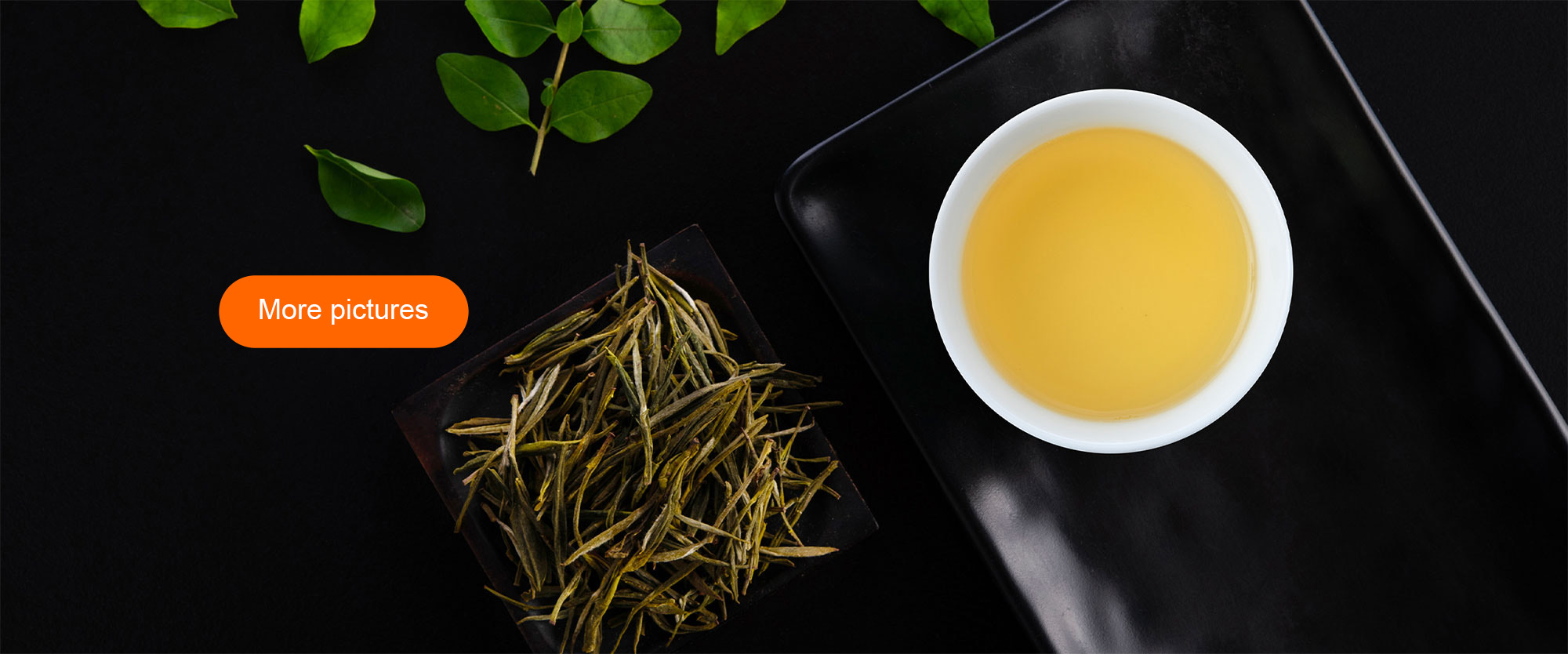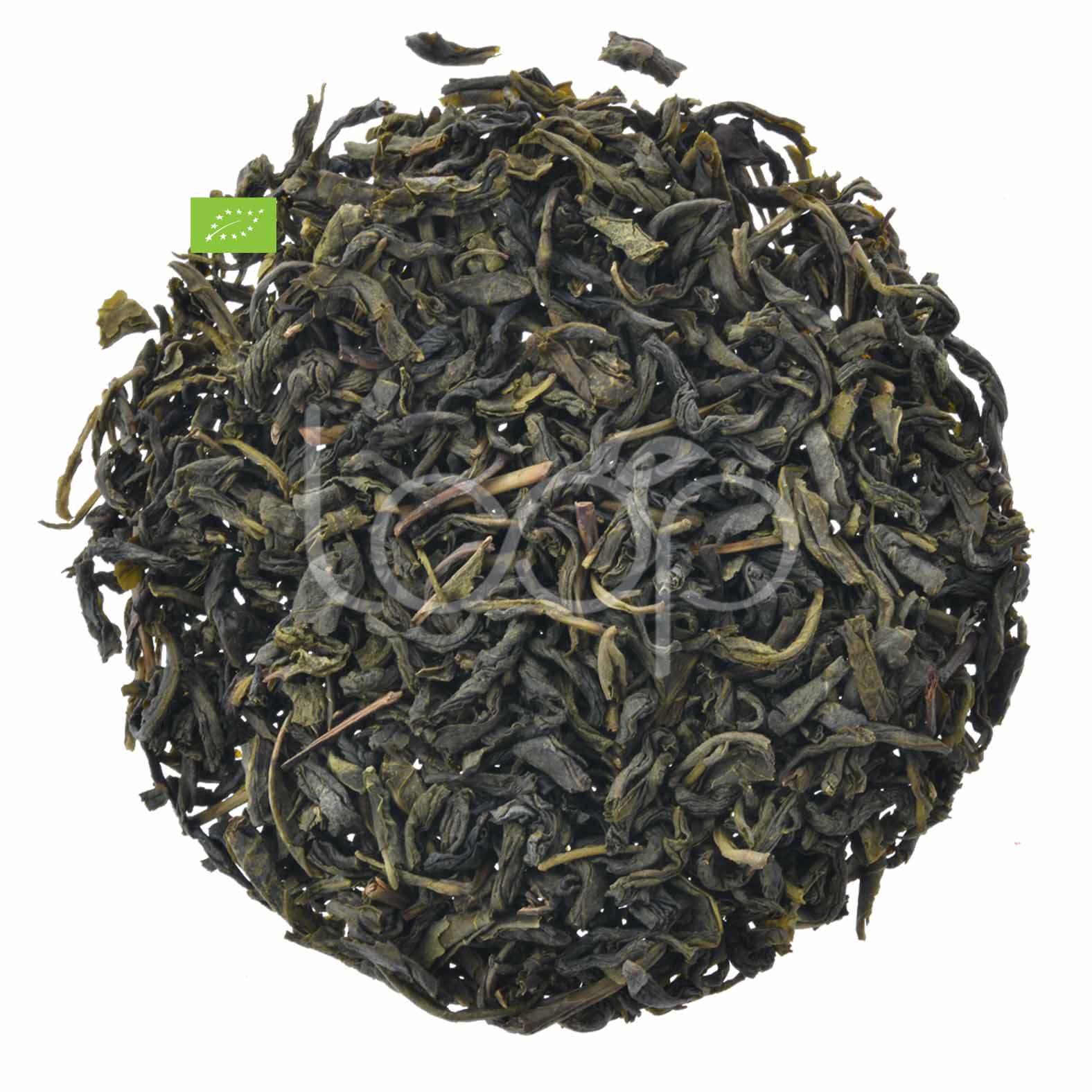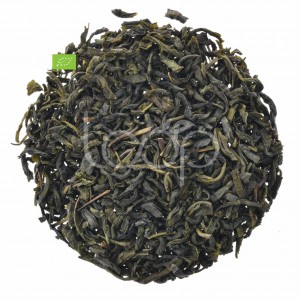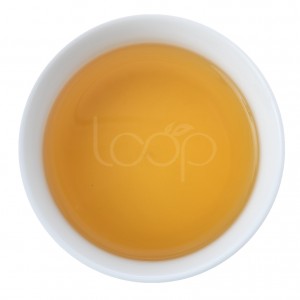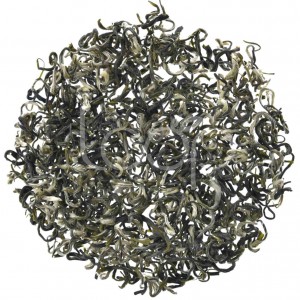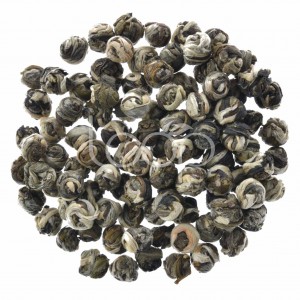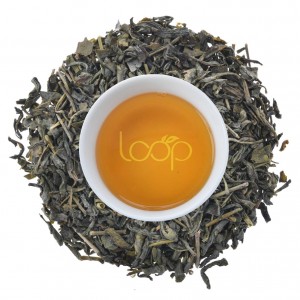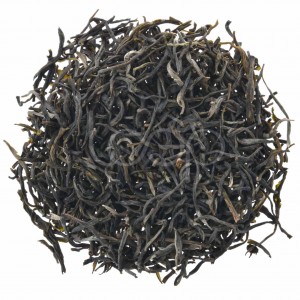Jasmine Green Tea BIO Organic Certified
Jasmine Tea #1
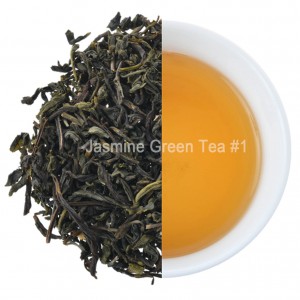
Jasmine #2 Organic
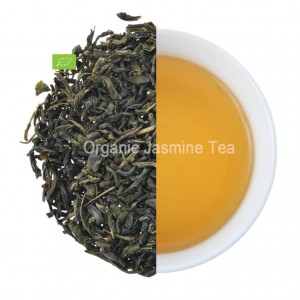
Jasmine Tea #3
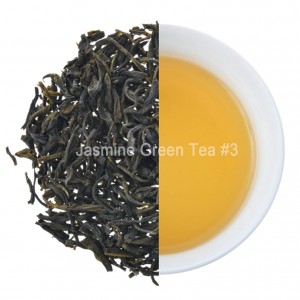
Jasmine Tea #4
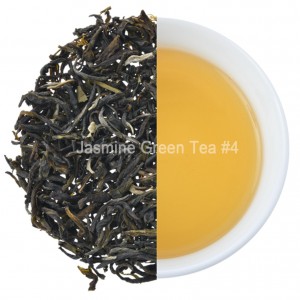
Jasmine Powder
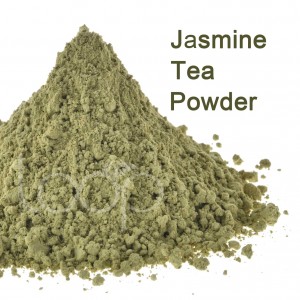
Jasmine tea is the most famous scented tea produced in China and can be thought of as its national drink. The classical technique of scenting tea with jasmine flowers has been known in China for some 1000 years. It is a mellow blend with an intense, flowery jasmine taste and scent. In China, it is consumed at any time of the day and on any occasion.
There are over 200 species of jasmine but the one used to make jasmine tea comes from the Jasminium Samba plant, commonly known as Arabian jasmine. This particular species of jasmine is thought to be native to the eastern Himalayas. Historically, most jasmine plantations were located in Fujian province. After the rapid industrialisation of Fujian in recent times, Guangxi is now considered the main source of jasmine. The jasmine plant flowers from June to September and to produce high quality jasmine tea, it is essential that the jasmine blossoms are plucked at the right moment.
The pretty, white jasmine blossoms are picked in early afternoon to ensure that any remnants of dew from the previous night have evaporated. After they have been plucked, the jasmine blossoms are bought to the tea factory and kept at a temperature of around 38 – 40ºC to encourage development of the aroma. The flower buds will continue to open until the centre of the blossom can be seen. After a few hours, the fresh jasmine blossoms are blended with the base green tea and left overnight so that the tea absorbs the sweet, floral aroma of the jasmine. The spent blossoms are sieved out the next morning and the scenting process is repeated a few times using fresh jasmine flowers in each scenting period. In the final scenting, some jasmine blossoms are left in the tea for aesthetic purposes and do not contribute to the flavour of the blend.

